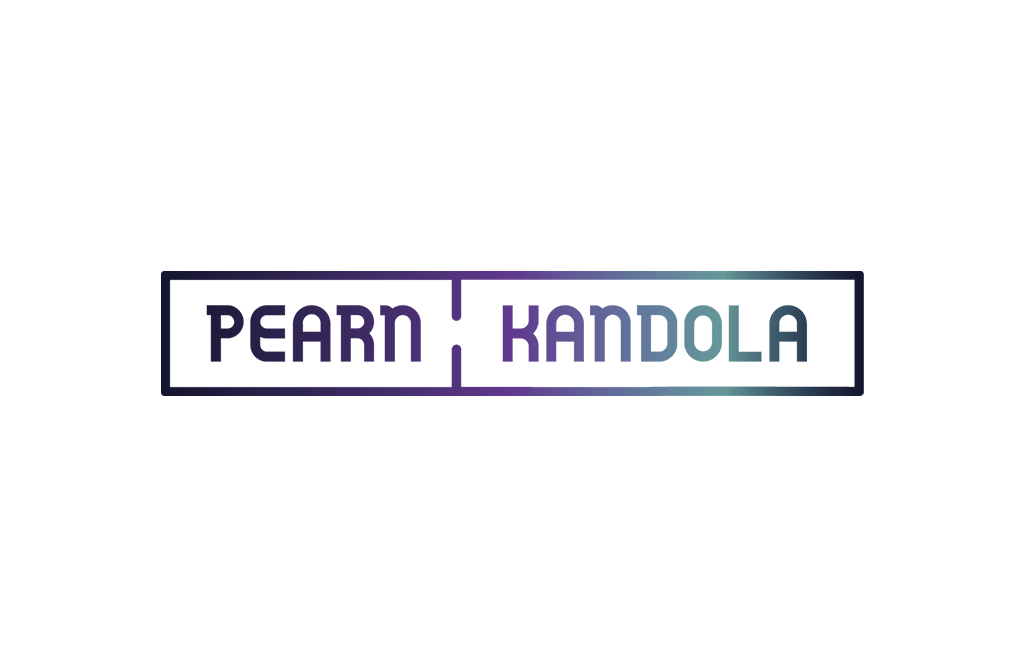Building on the progress already made on the D&I agenda, this PE firm wanted to continue its efforts in a structured and systematic manner. To this end, they approached Pearn Kandola to review one of their critical processes; the yearly Performance Review Process (PRP). The firm wanted to look for bias within the system (gender bias in particular) and understand to what extent bias impacted upon the process and its users. As highly experienced Psychologists and experts in D&I, with significant experience of process review and a track record of work in the PE and financial sector, we were ideally placed to support this work.
Solution
We developed a rigorous three system approach, based specifically on making best use of the data available to look at bias within the system from a number of different angles.
Stage 1: Evaluation of the performance review outputs and data
We undertook a detailed evaluation of the feedback given within the PRP and the competency framework used as the basis for evaluation. We dove deep, taking a multi level approach to the analysis and looking at:
- The use of gendered language
- Specific examples of unconscious bias
- The level of abstract vs concrete language used and how this differed for men and women.
The outputs of these activities informed us of the differences in the ways in which males and females were described, in terms of their performance. Critically, it gave a clear indication of the extent to which any unconscious gender biases were impacting the descriptions of employees’ performance.
Stage 2: Live reviews of key meetings within the process
Stage two looked at the PRP calibration meetings using the Live Bias Review methodology. In a Live Bias Review, Bias Specialists join key meetings to look out for all types of bias, including obvious areas such as groupthink and attribution errors, through to more subtle types of bias such as attentional bias, the hard-easy effect and the framing effect.
We joined three PRP meetings to observe whether bias was affecting the discussion and the decisions being made. This allowed us to review the processes in real-time, looking specifically at how outcomes were calibrated and ratified and build on the findings from stage one.
Stage 3: Recommendations for action
In this final stage, we combined the results of our review into a summary presentation, highlighting key strengths and areas for improvement in the current process, together with practical recommendations for improving the process and reducing the chance that bias will affect the outcomes at each stage of the review process. This was presented to the Executive Committee.
Results/ Outcomes
The findings were presented just before lockdown and now the organisation is in the process of updating their PRP in light of these results. They have already completed a full review of their competency framework and are developing training for raters to share the results of the analysis and raise awareness of gender bias and its impact within the PRP process.
“The rigorous and multi-level analysis of our performance system data allowed us to understand gender bias and its impact in much greater depth. It was reassuring to know that many parts of the process are already working well. The report and follow up discussions have pinpointed the specific areas in which the business can focus its efforts going forward and the actions we can take to move our action on gender diversity to the next level.”
– Client






